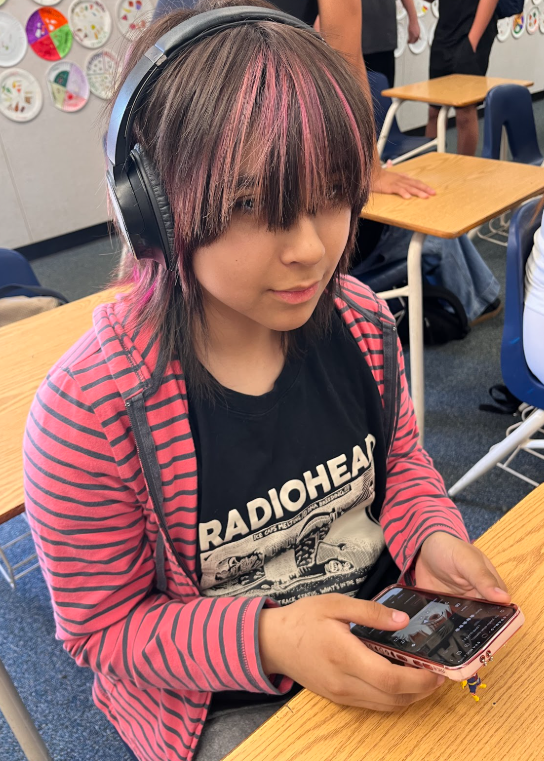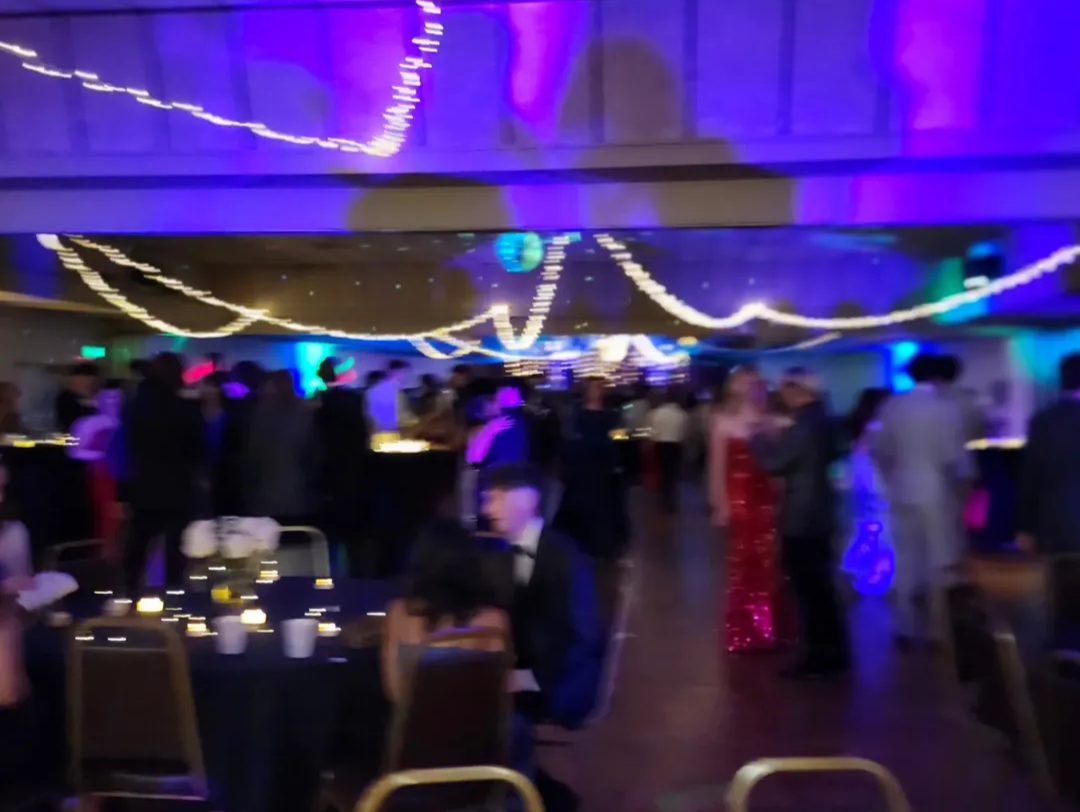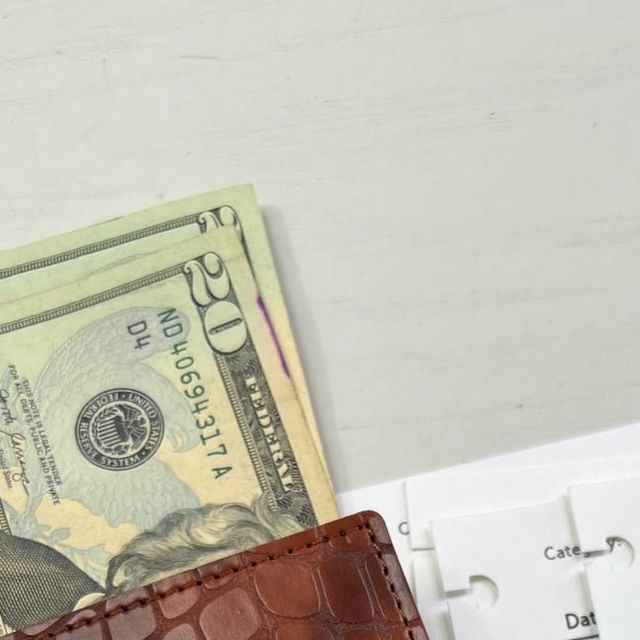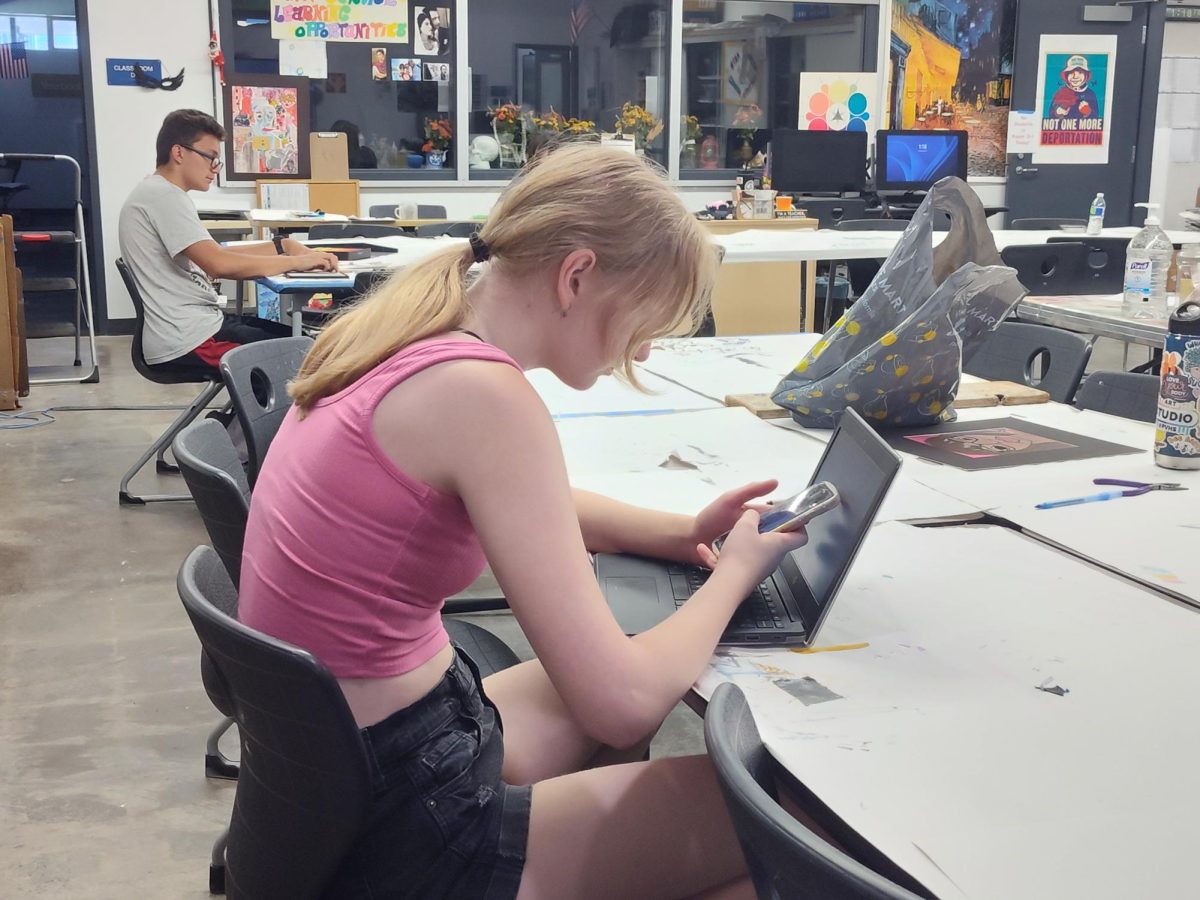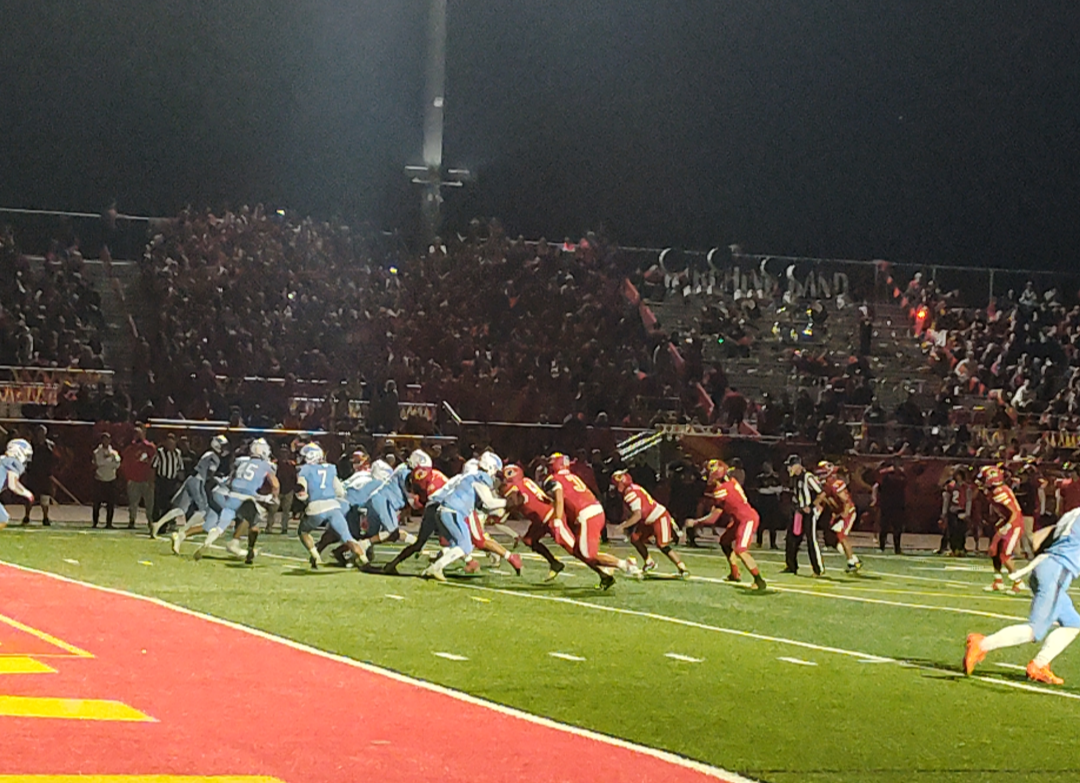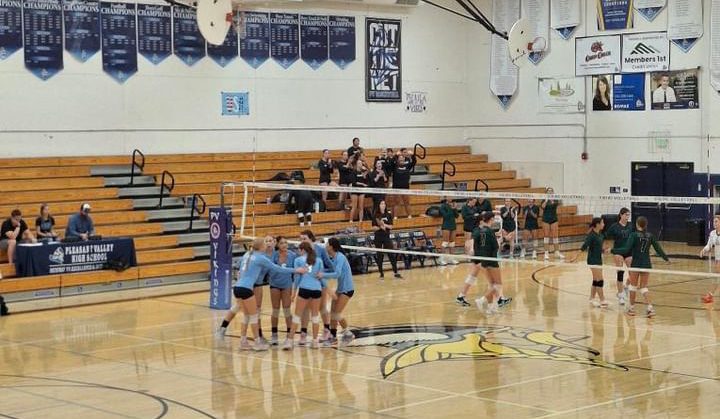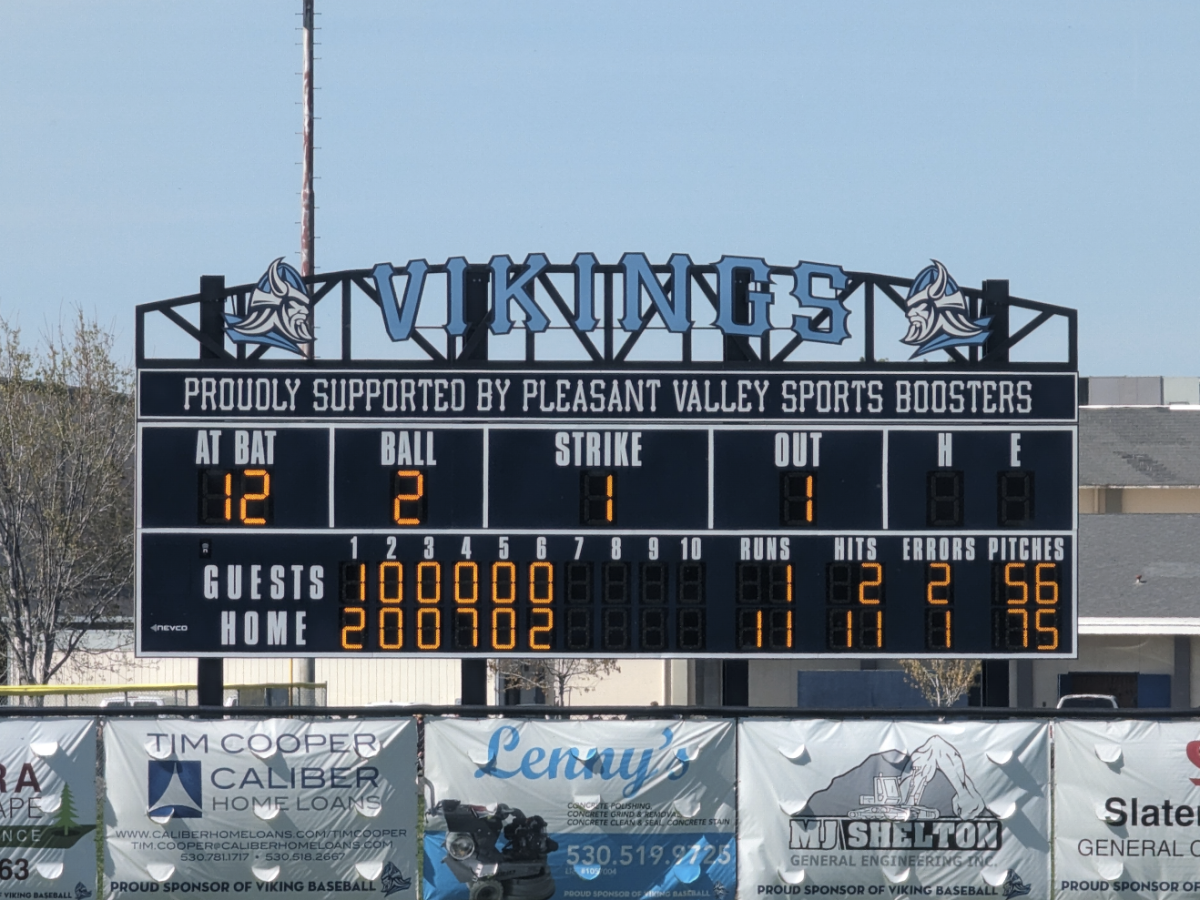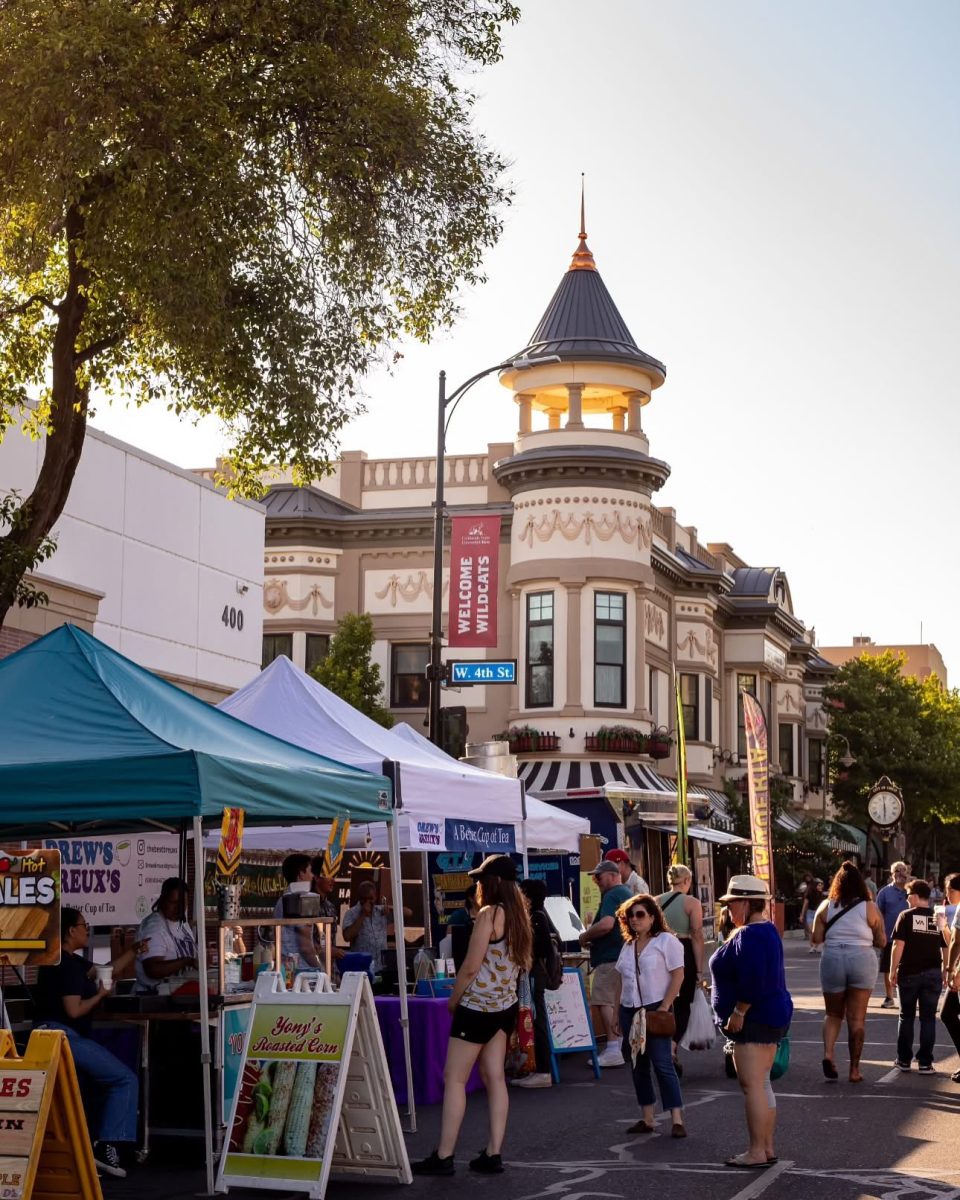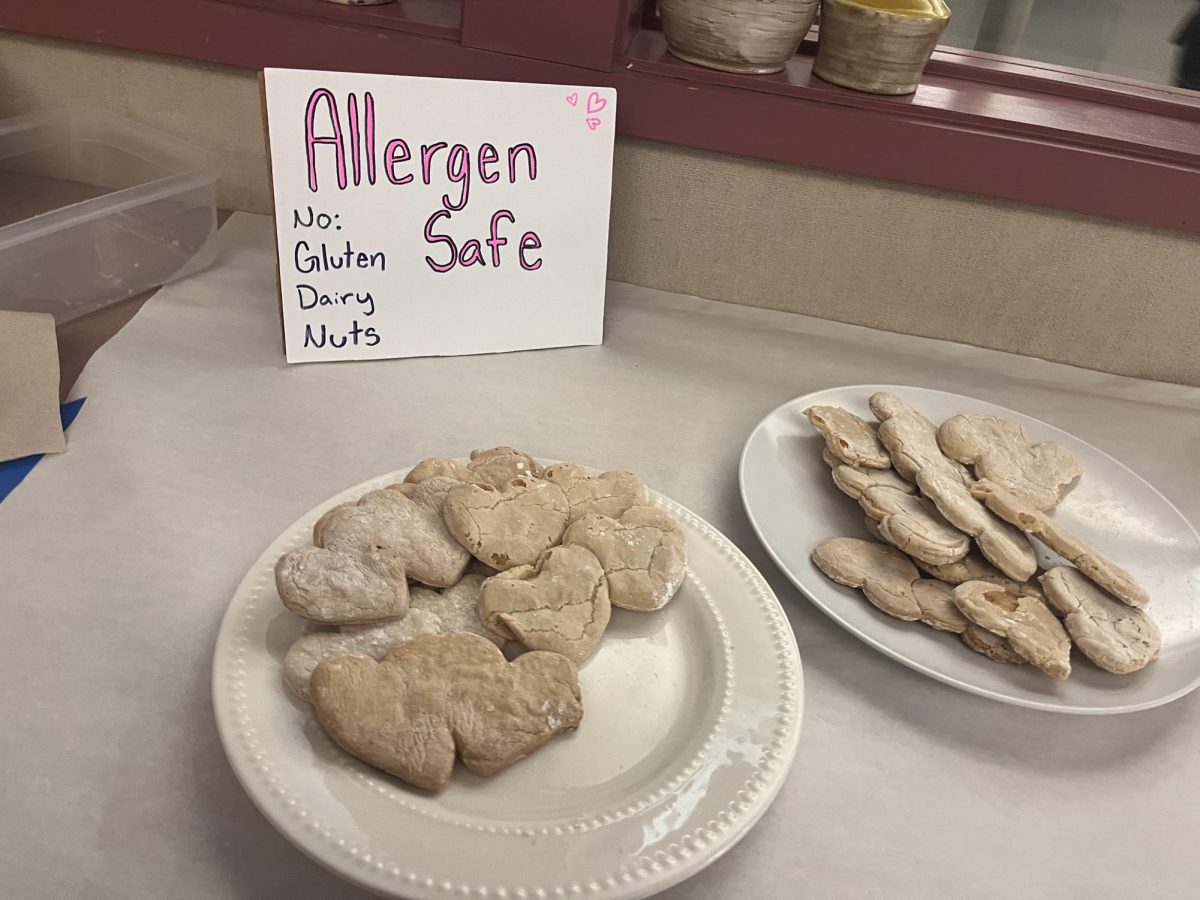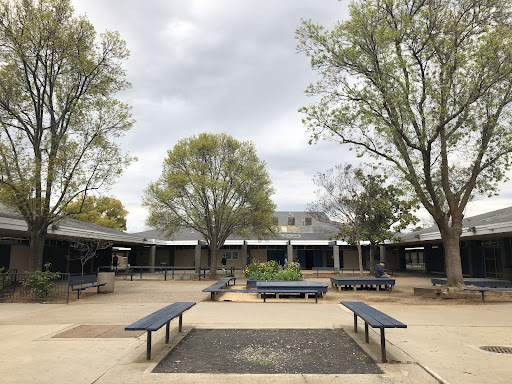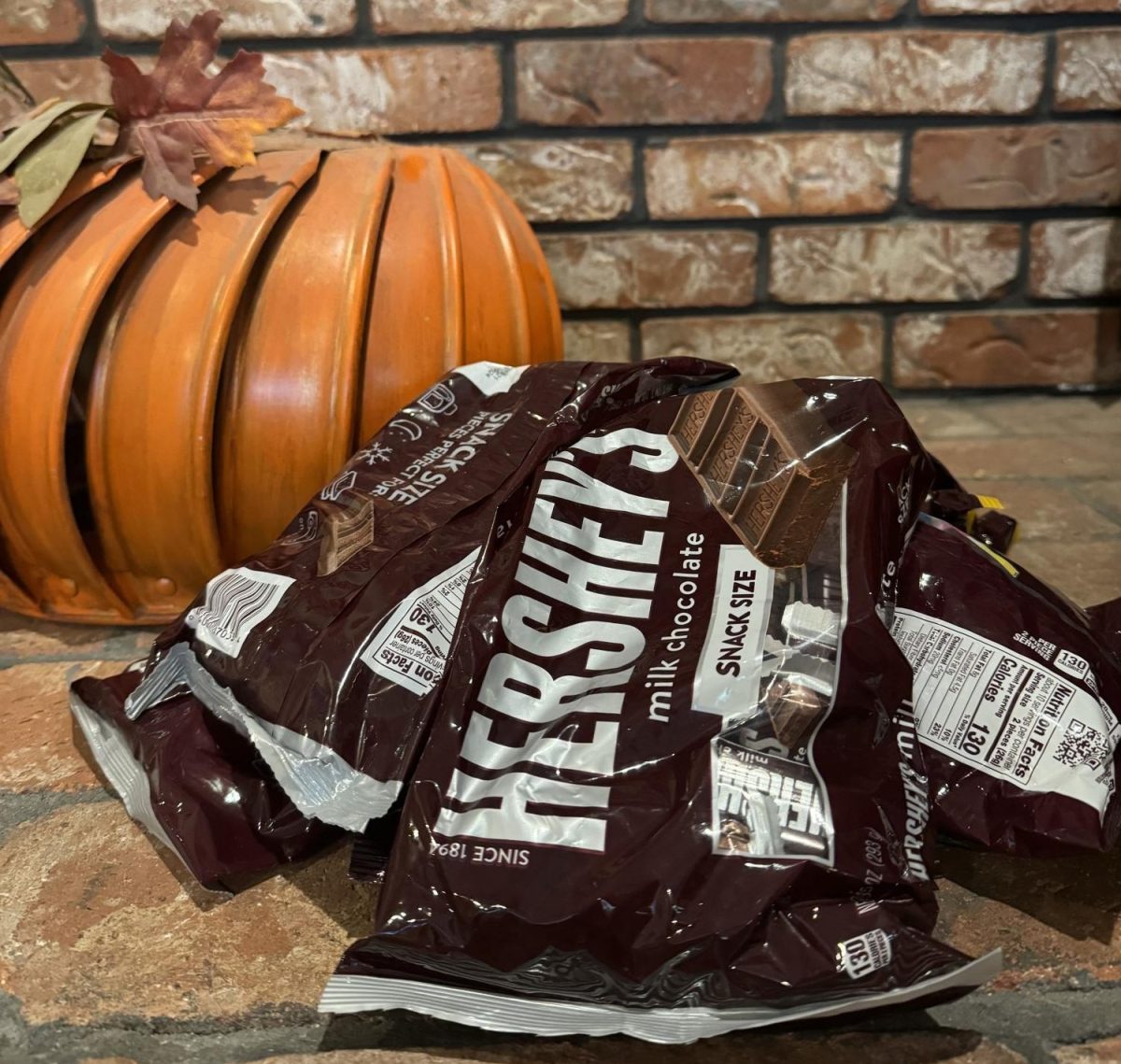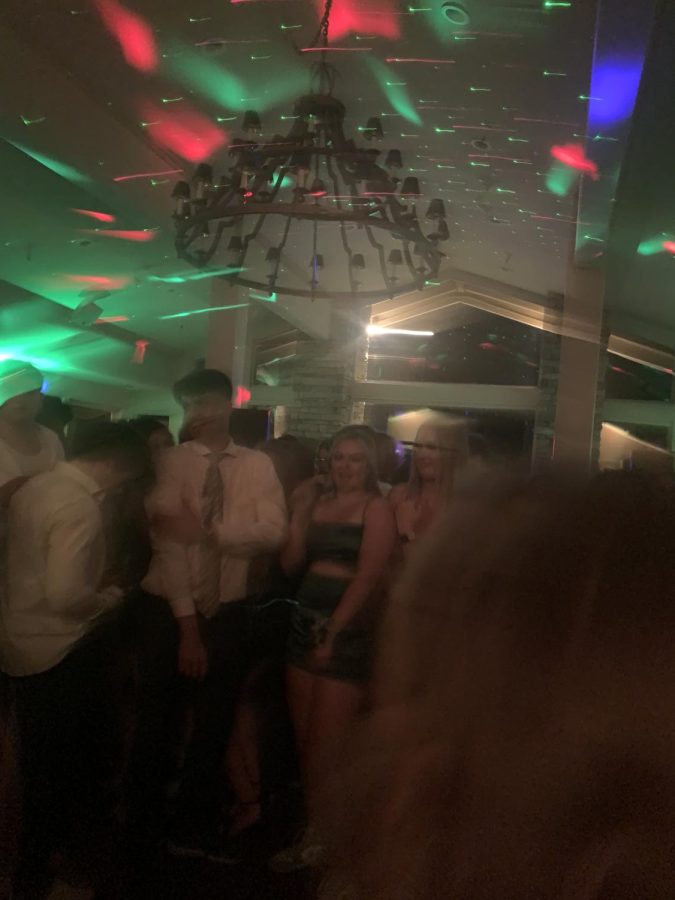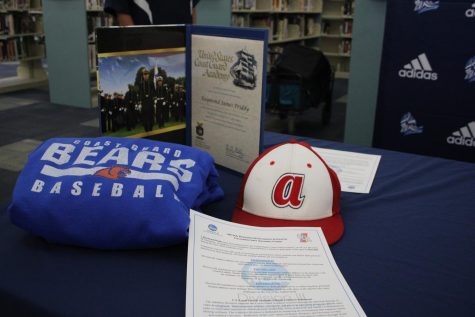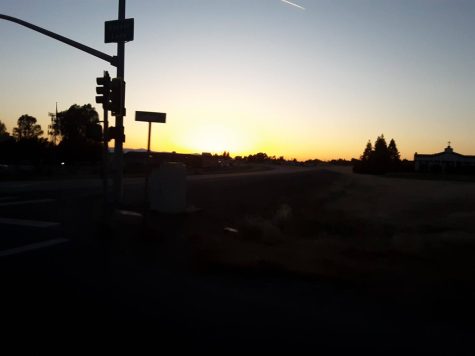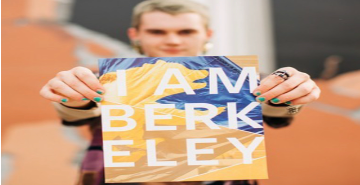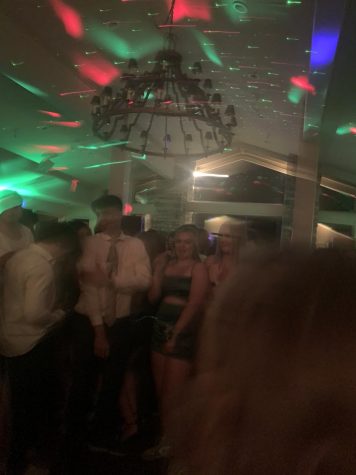How Accurate are Decoration Skeletons?
Most people can go into a random store in the autumn and see some decorations for sale. Skeleton dogs, people, occasionally a spider. But are these skeletons really accurate? Do animals really have that many bones, and do people’s skulls really look like that?
First, it would be good to see what the general populace thinks. Several students on campus expressed their feelings on the accuracy of the Halloween skeleton models, and their answers are all very similar. Jordan Rolfe, a Sophomore, stated, “I think they are good.”
Another student, freshman Samantha Armbrust, stated that “I think [Halloween skeletons] would be about 80% accurate” because it would “make it more creepy” but she also mentioned that she had never considered the accuracy of the skeletons before.
According to Jenny Hodges, a Michael’s employee, Halloween decorations are “very Hollywood, very generic, [and have] no accuracy at all.” She went on to talk about how Halloween is about the spirit of things and is mostly for fun. These decorations are not intended to be educational, according to sellers of the products.
Finally, Mary Bruch, a teacher in the science department stated, “in general, [Halloween decorations] are not very good” but that “it can vary. You can find some that are good.” Bruch even has some decorations of her own that she uses in her classes. For example, She has a skull that was fairly accurate, according to her, as it showed some of the bone plates and a human skeleton that had more bones than most of the other decorations.
All said and done, most of the Halloween decorations seen in stores are nothing more than fantasy and fun. However, sometimes an accurate skeleton can be found mixed into the crowd. Most often though, using any kind of decoration to base knowledge off of may not be the best idea because it turns out that most of these decorations would be a disappointment of a representation of reality.

Tatum Herlihy is a sophomore who joined The Saga this year because she was bored. She likes to read in her spare time.

Makenna Wines (Class of 2023) is a senior, and this is her second year on The Saga. Last year, Makenna was the web designer for the club, and she really...


